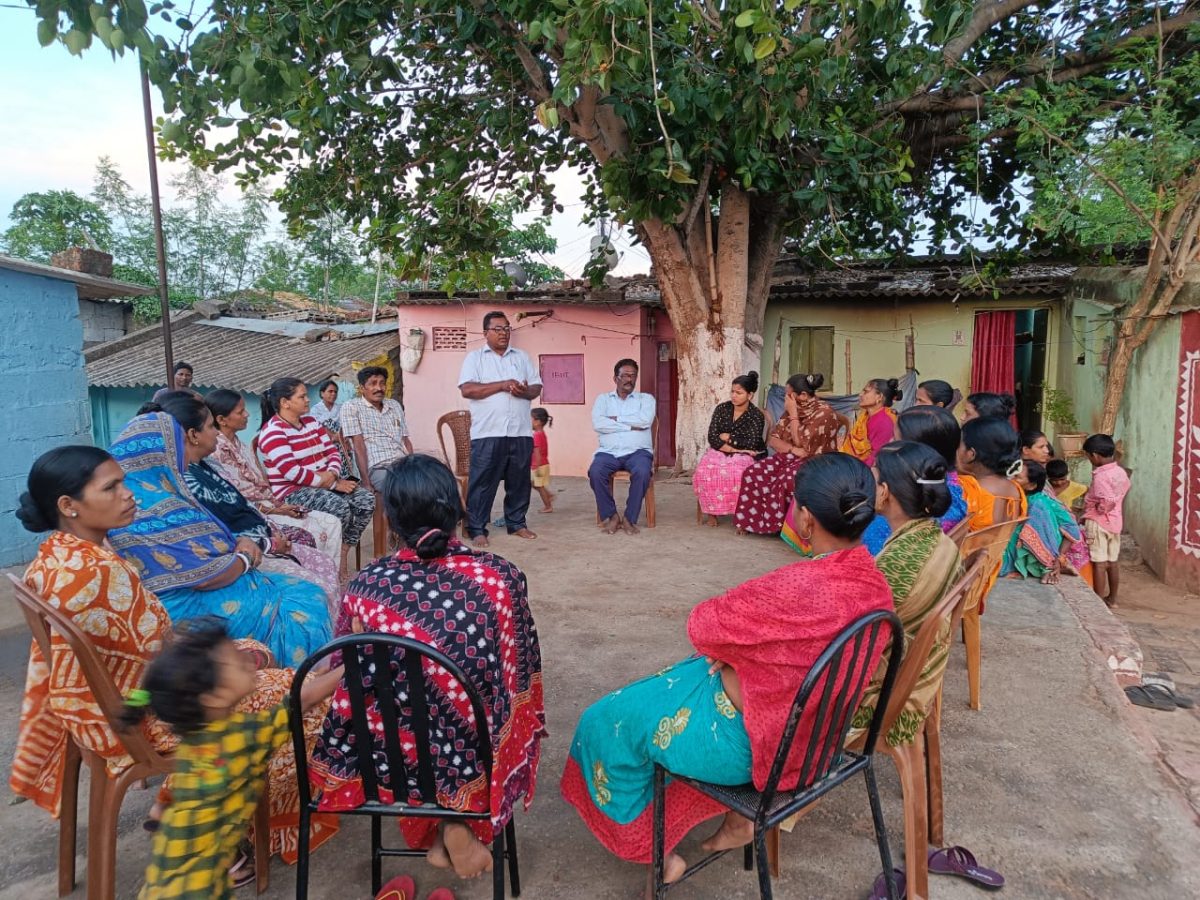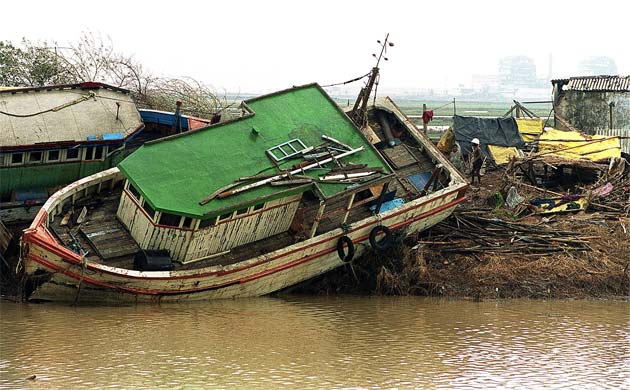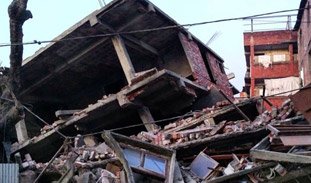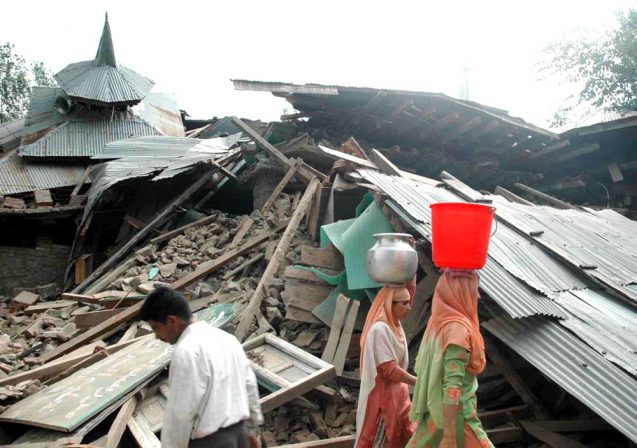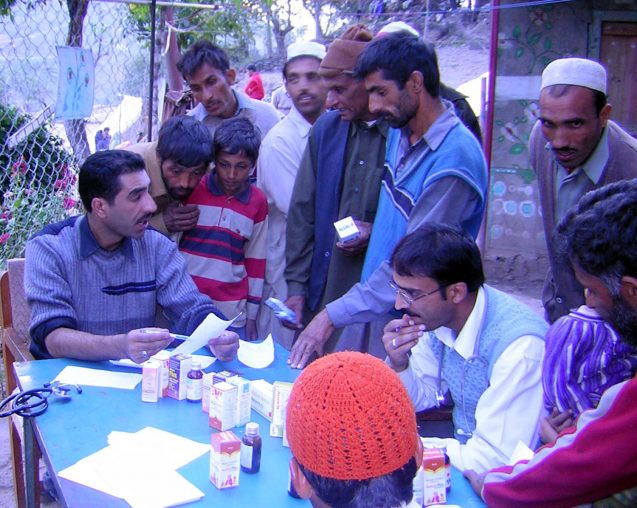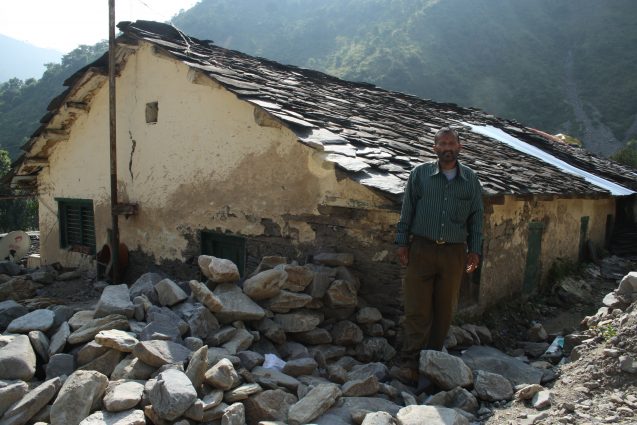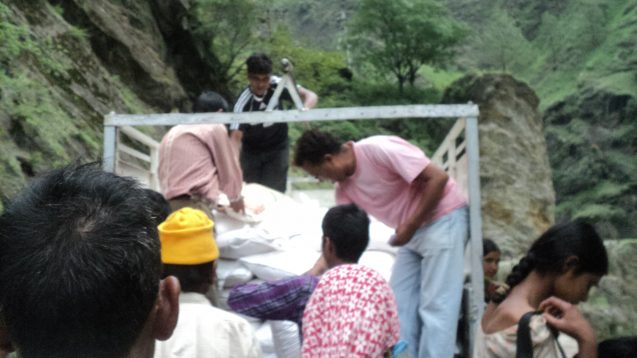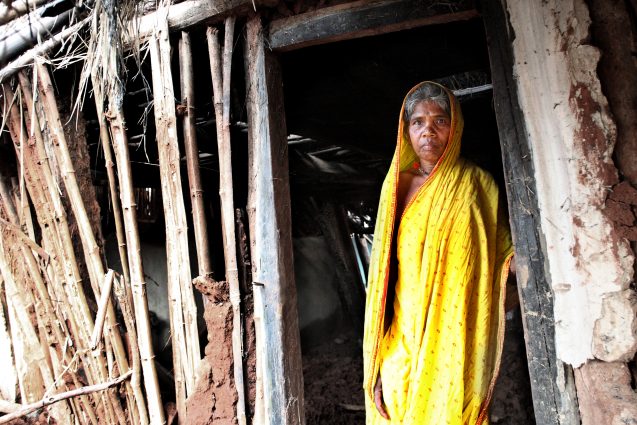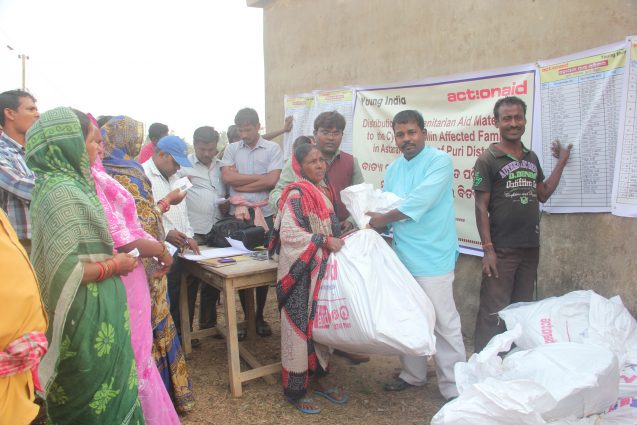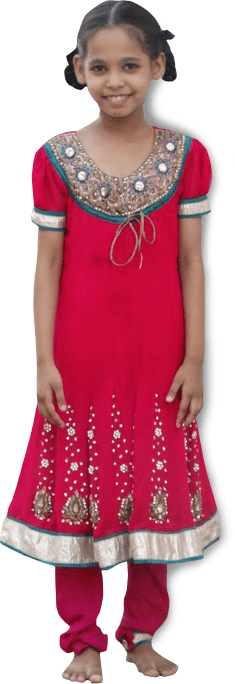Preparedness is critical to ensuring a timely and efficient emergency response. At ActionAid, we focus on building preparedness at a range of different levels; from the household and community level, as well as within our teams and that of allied organisations. As affected people are usually the first responders in any emergency, we try to ensure that communities, partners and ActionAid teams develop necessary skills, resources, information, systems and structures to effectively prepare for disasters, to reduce their impact and respond more efficiently.
People living in poverty and exclusion are more vulnerable to disasters, and poverty reduction efforts are incomplete without dealing with disaster risk. At ActionAid Association (AAA), we ensure that communities and the allied organisations we work with have the necessary skills, resources, information, systems and structures to effectively prepare for disasters to reduce impact if and when they occur and respond more efficiently.
AAA works on building preparedness at many levels — at the household and community level, with the team on the ground including staff of our allied organisation and that of AAA and more widely as an institution. Local level preparedness is particularly important, given the fact that local people are usually the first responders in any emergency. In particular, women are often at the forefront of rescuing family members and assets.
Our preparedness activities focus on:
Building on existing capacity
We examine what capacity already exists in the community, identify the gaps and fill these through discussions and trainings. Periodically AAA staff are trained by the International Humanitarian Action and Resilience Team (IHART) in order to equip us with the essential skills and knowledge to undertake emergency response with speed, efficiency and effectiveness.
Prioritising the role of the communities we work with
Women and excluded people play a central role and leadership in defining and managing preparedness planning, thus we actively engaged them at all stages of the process.
We also adopt Participatory Vulnerability Analysis, a systematic process that involves communities and other stakeholders in an in-depth examination of vulnerability, empowering people to be actively involved and take appropriate action.
Becoming integrated and connected
We integrate our preparedness plans with relevant internal strategies, plans and processes as well as the plans of external stakeholders – communities, allied organisations and local governments.
Household and community level preparedness planning
We use participatory tools and methodologies to ensure that people have relevant information about the hazards they might face, and are able to understand the causes and impact of disasters. We work with the community to develop an action plan to address the underlying causes of their vulnerability to hazards, including policy-advocacy activities.
Preparedness planning with allied organisations
We support our allied organisations to include disaster risk assessment in their analysis and programming processes and include disaster risk management in their policy, strategy and planning process.
